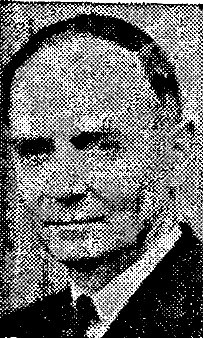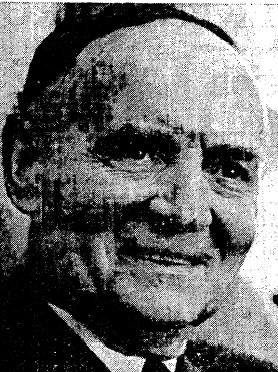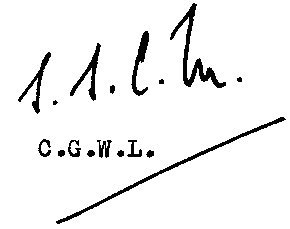Steuart Seton Crichton Mitchell
RN OBE KBE CB
 |
 |
 |
| 1962 | 1967 | Controller Guided Weapons |
Steuart Seton Crichton Mitchell
RN OBE KBE CB
 |
 |
 |
| 1962 | 1967 | Controller Guided Weapons |
Steuart Seton Crichton Mitchell was born to Prof. Alexander Crichton Mitchell and Agnes Mitchell at the Women's Hospital in Trivandrum, Travancore, southern India (now Kerala) on 9 March 1902. At the age of nine he was sent to board at George Watson's College, Edinburgh for three years and then in 1914 entered Edinburgh Academy. In 1916 he entered the Royal Navy College at Dartmouth and Osborne and served aboard HMS Hercules as a cadet. He had an older brother Alan Crichton Mitchell and a younger sister Margaret Enid Crichton Mitchell.
|
If you have any feedback please email me: Dr Richard Walding Research Fellow - School of Science Griffith University Brisbane, Australia Email: waldingr49@yahoo.com.au |
|
His illustrious career in the Navy can be summarised as: HMS ships Hercules, Ramilies, Sportive, Tomahawk and Marlborough. Qualified as a gunnery specialist 1927-29; subsequent gunnery officer on ships Comus and Frobisher; Naval Ordnance Inspection Dept and Ass Superintendent of Design 1931-1939. His father invented the antisubmarine 'Indicator Loop' in 1914 and now this device was playing its part in defending allied harbours at the outbreak of WW2.
In WW2 he became Inspector of Naval Ordnance, in charge of Admiralty Ordnance contracts in Switzerland 1939-1940 mostly at the Oerlikon works at Zurich. He quickly made himself familiar with all aspects of the gun and made various improvements. By June 1940 when France fell and Italy entered the war, Oerlikons could no longer be supplied from Switzerland. Mitchell grabbed all the gun drawing and parts he could lay his hands on and headed for the Balkans to Istanbul and finally down through Palestine to Egypt where he caught a plane back to London. Manufacture of Oerlikons began in England based on Mitchell's drawings. At this time his brother Lt Col Alan Mitchell was serving with the 4th Field Squadron Royal Engineers defending southern England during the Battle of Britain. Steuart then went to the USA in late 1940 to sell the gun to the Americans. At the same time his brother Alan was sent to North Africa to join the 2nd Armored Division Engineers in the defence of Libya against the Germans. Stuart's sister, now Dr. Margaret Stewart, was sent to Bletchley Park to work on the Enigma project. Steuart was awarded the OBE in 1941.
At the end of the war Steuart Mitchell joined the British Civil Service in the Ministry of Supply, first as chief engineer and then from 1951 to 1956 as controller of guided weapons and electronics. From 1956 to 1959 he became Controller of Royal Ordnance Factories and then Controller of Guided Weapons until 1962. He took up various directorships in industry: Chairman Machine Tools Economic Department Committee, Member National Economic Development Council, Chairman Shipbuilding Industry Training Board. He was awarded the KBE in 1951, and CB in 1954.
Sir Steuart married Elizabeth Duke in 1929 and he died on 4 March 1990 in London. He had no children. Sir Steuart was the last of the three siblings to die and was in possession of his father's papers at the time of his death. Sir Steuart left all the papers to his wife but upon her death the papers disappeared.
I am particularly interested in contacting anyone who may have known Sir Steuart or worked with him and can add to the above.
If you have any feedback please contact me at the address below.
|
Email: Dr. Richard Walding (waldingr49@yahoo.com.au) Research Fellow School of Science Griffith University, Australia (H) 69 Summit Street, Sheldon, Q, 4157, Australia |
|